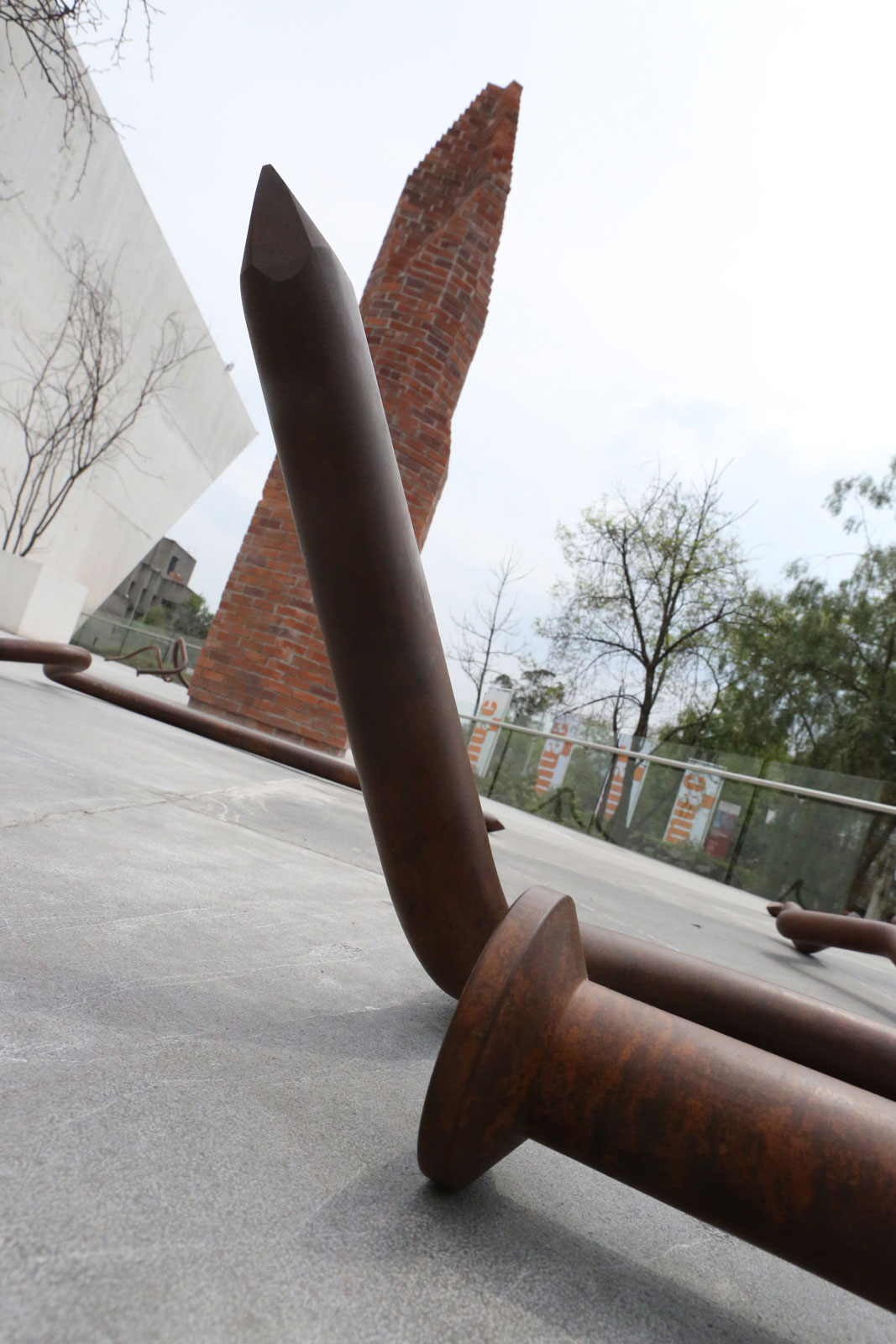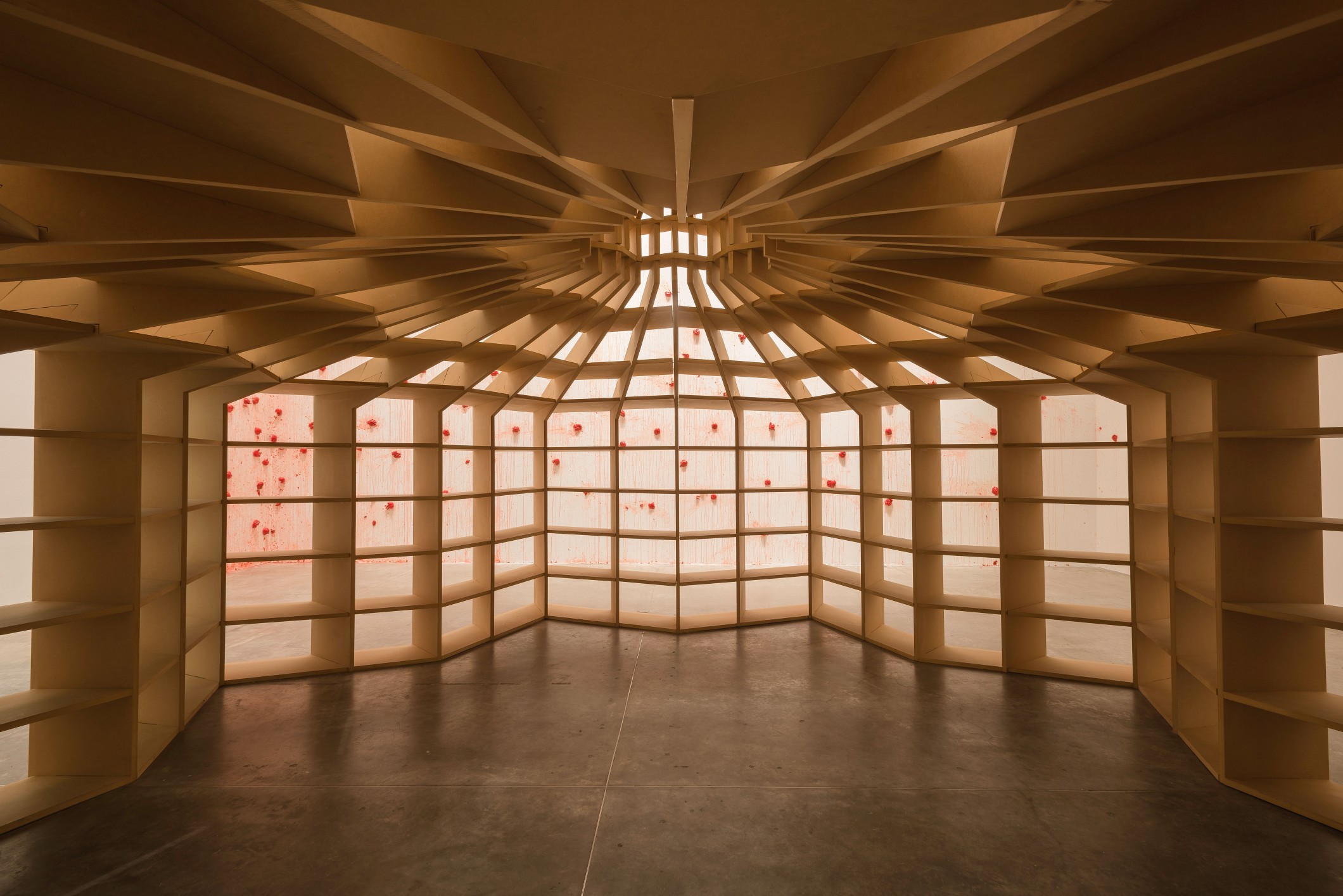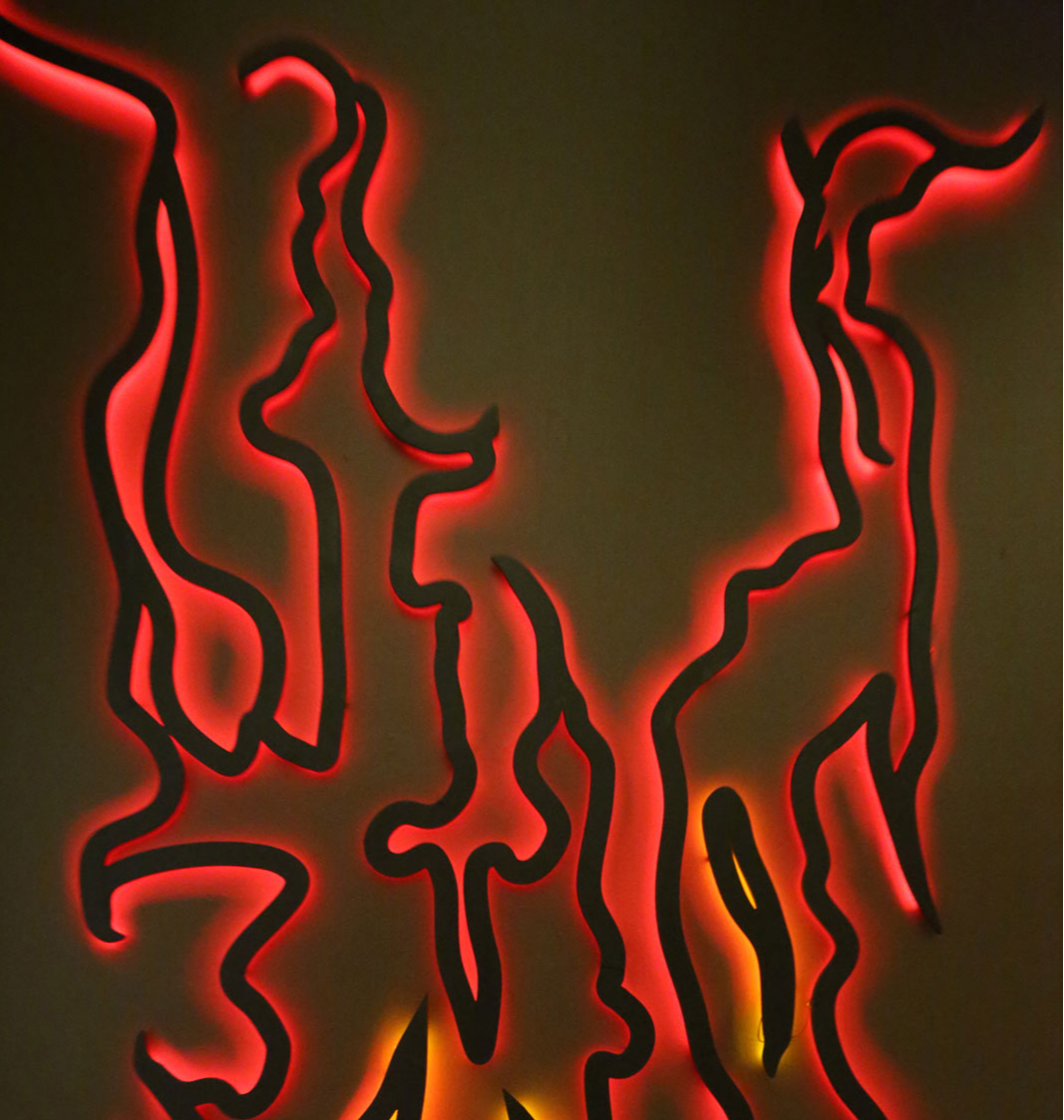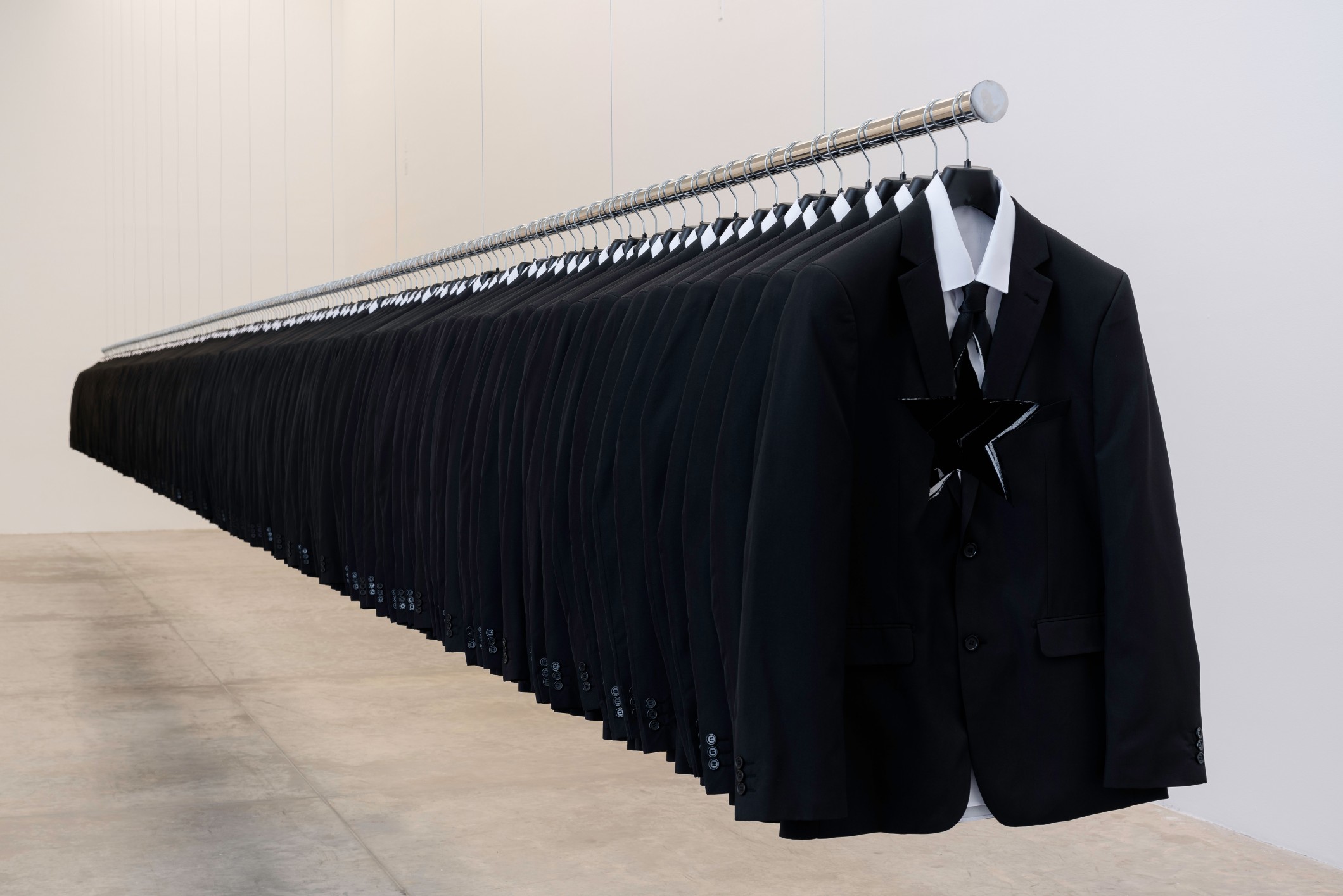Los Carpinteros
After first opening at the Museo de Arte Contemporáneo de Monterrey, the MUAC welcomes the first solo show in Mexico of the Cuban collective Los Carpinteros, comprising Marco Castillo (Camagüey, Cuba, 1971) and Dagoberto Rodríguez (Caibarién, Cuba, 1969).

With a career spanning over twenty years, Los Carpinteros have caught the imagination of the public with painstakingly made works, often loaded with humor, which give rise to multiple readings and questions.
The practice of the collective uses watercolors, sculptures, videos, and installations to question the function of objects and their potential relationship with different ideologies and political positions. Their work may be described as a kind of poetic activism that questions
different official discourses, or a strategic, refined form of combating such systems. Los Carpinteros denounce the danger of the lack of critical awareness in a society that the elites graze on, and reveal with effective humor the mechanisms of domination they employ. While initially they responded to the specific reality of living in Cuba and bore witness to the situation of the island in the nineties, today their projects address a more universal context, without however having lost their Cuba-based orientation.

The collective emerged in 1992 when Castillo and Rodríguez were studying at the Instituto Superior de Arte in Havana, and initially also comprised Cuban artist Alexandre Arrechea, who in 2003 chose to pursue a solo career. Their development was defined by the Cuban crisis of 1991, when the collapse of the Soviet Union led to the breakdown of supplies to the island. Throughout the country, survival, rather than politics, was suddenly the priority. The difficulty of getting hold of materials due to the country’s precarious economic situation drove them to be creative and to recycle all kinds of things. Their generation also experienced a sudden interruption in state persecution of artists who addressed political themes, and who at other times may have faced imprisonment.

The collective’s work displays a clear interest in architecture. One example of this is their piece Sala de lectura (Reading Room, 2010), whose circular structure makes reference to the panoptical prisons conceived by philosopher Jeremy Bentham in the late eighteenth
century, and introduced to Cuba in the 1920s with the Presidio Modelo penitentiary. Los Carpinteros inverted the controlling function of the panoptical design to offer potential readers unrestricted access to, and views of, the bookshelves.
Over time, watercolor drawings have come to dominate their creative process, both as a starting point for projects that later take the form of installations and sculptures, and as a space for setting out their thoughts and ideas. Some examples include Celosía Poliédrica Posada I, 2015, Cabilla cabilla tríptico, 2014, and Penumbra I, 2008.

Artists: Marco Castillo (Camagüey, Cuba, 1971) and Dagoberto Rodríguez (Caibarién, Cuba, 1969)
Curator: Gonzalo Ortega
Exhibition produced and organized by MARCO and MUAC
Publicación
Publication
Los Carpinteros
Authors : Gonzalo Ortega, Alejandra Labastida
Language : Spanish - English
Editor: MUAC, UNAM
Price: $180


